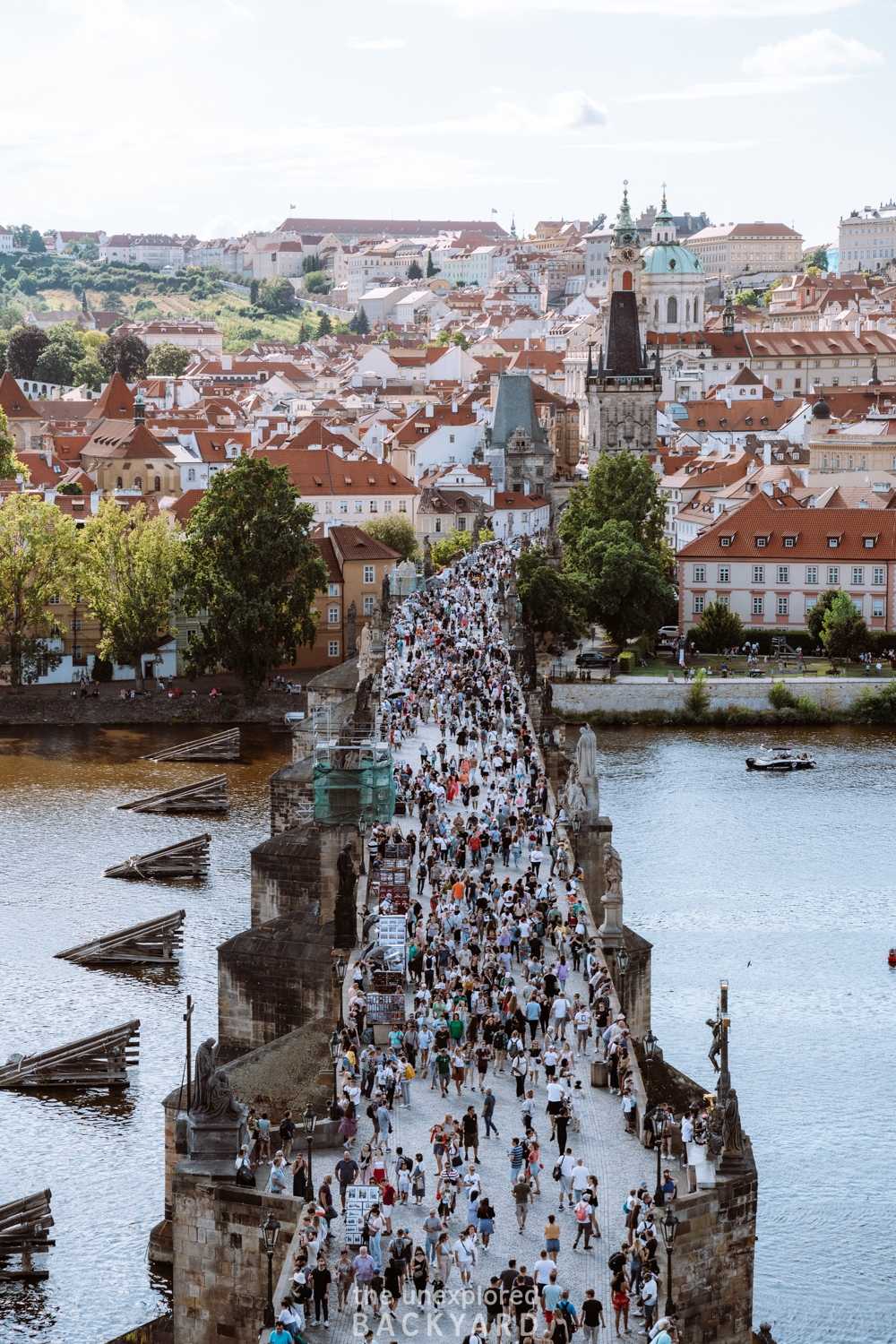Discovering Praga District: A Bohemian Vibe and Hidden Gems
Praga District, located on the eastern bank of the Vistula River in Warsaw, Poland, is a vibrant area known for its bohemian atmosphere and rich history. Once considered a gritty and industrial part of the city, Praga has undergone significant transformation and is now a hub for artists, entrepreneurs, and those seeking a unique cultural experience. This guide will help you explore the best of Praga, from its artistic enclaves to its historical landmarks.
Artistic Enclaves and Cultural Hotspots
Praga is a haven for artists and creatives, with numerous galleries, studios, and cultural centers scattered throughout the district. One of the most notable is the Soho Factory, a former industrial complex that has been repurposed into a cultural and artistic space. Here, you can find the Neon Museum, which showcases a fascinating collection of neon signs from the Cold War era, offering a glimpse into Poland’s past.
Another must-visit is the Koneser Vodka Factory, a revitalized industrial site that now hosts art exhibitions, concerts, and cultural events. The factory also houses the Polish Vodka Museum, where you can learn about the history and production of this iconic Polish spirit. For those interested in street art, Praga’s streets are adorned with vibrant murals and graffiti, making it a perfect place for a leisurely stroll and photo opportunities.
Historical Landmarks and Architecture
Praga’s history is deeply embedded in its architecture, with many buildings dating back to the 19th century. Unlike much of Warsaw, which was heavily damaged during World War II, Praga retained much of its original architecture, giving it a unique charm. One of the most significant historical sites is the Praga Cathedral, officially known as the Cathedral of St. Michael the Archangel and St. Florian the Martyr. This stunning neo-Gothic structure is a testament to the district’s rich religious heritage.
Another historical gem is the Różycki Bazaar, one of Warsaw’s oldest markets. Established in the late 19th century, the bazaar offers a glimpse into the local culture and is a great place to sample traditional Polish foods and buy unique souvenirs. For a deeper dive into Praga’s history, visit the Praga Museum of Warsaw, which provides insights into the district’s past through a collection of artifacts, photographs, and interactive exhibits.
Local Cuisine and Nightlife
Praga’s culinary scene is as diverse as its cultural offerings, with a range of eateries serving both traditional Polish dishes and international cuisine. For a taste of local flavors, head to one of the district’s many milk bars, such as Bar Ząbkowski, where you can enjoy hearty Polish meals at affordable prices. If you’re in the mood for something more contemporary, Praga is home to several trendy restaurants and cafes that offer innovative takes on classic dishes.
As the sun sets, Praga comes alive with a vibrant nightlife scene. The district is dotted with eclectic bars and clubs, each offering a unique atmosphere. Skład Butelek, a popular bar located in a former factory, is known for its live music and laid-back vibe. For a more intimate setting, head to W Oparach Absurdu, a quirky bar filled with vintage decor and serving a wide selection of drinks. Whether you’re looking to dance the night away or enjoy a quiet drink, Praga’s nightlife has something for everyone.
